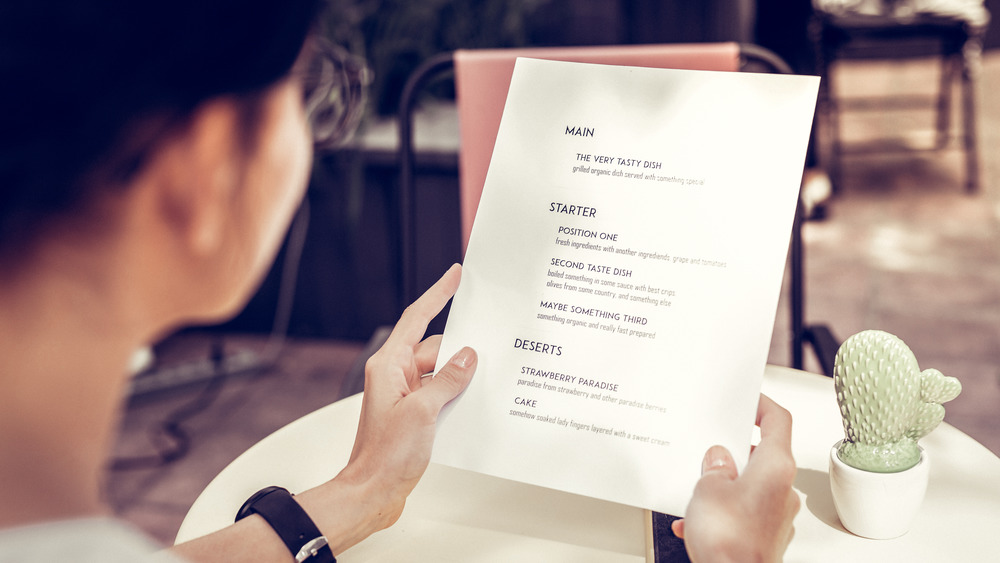Why You Should Think Twice Before Choosing 'Healthy' Menu Options
In 2018, the federal government began requiring restaurants to label their menu items with calorie counts, according to the Food and Drug Administration. Since then, many people have used those figures to make decisions on what to choose when dining out. However, new research indicates that menus might be more misleading than you think — the items labeled as healthy simply may not be.
Megan Mueller, an assistant professor in the Department of Food Science and Human Nutrition at Colorado State University, published her research in the American Journal of Preventative Medicine. She looked at nutrition information on menus from 96 of the largest restaurant chains in the U.S. The data was compiled between 2012 and 2018 and is part of searchable website MenuStat.
"This study looked at claims on menus to see if so-called healthy items were actually better for you, given that people assume they are," Mueller said in a statement. "If you have cardiovascular issues, for instance, choosing menu items based on these claims might not be reliable, because they may be higher in sodium or saturated fat than other items."
Fat, sodium, and sugar may be lurking in your order
In 1990, the government began requiring packaged food producers to provide detailed, regulated nutrition information on their packaging, but restaurants don't face the same rules. In her analysis, Mueller looked at foods in five categories: general health, health-related ingredients like gluten free or whole grain, nutrition content labels like low-fat, product sourcing like organic or local, and vegetarian/vegan. She also classified them by category (side, main, dessert) for comparing to menu items with no health claims.
Overall, Mueller found that dishes labeled with health claims were generally lower in calories than other menu items, but often as high or higher in things like sodium, sugar, and saturated fat. Hidden sugar in side dishes was the most common, with hidden sugar in main dishes following. Vegan/vegetarian desserts were often high in hidden sodium.
"You may be getting half of the recommended amount of sodium for the day with one main dish, and in many cases if you add a side dish, you're likely at the recommended amount for the entire day," Mueller said.
Further research will look at how consumers are using the labels on menus to make their choices.


